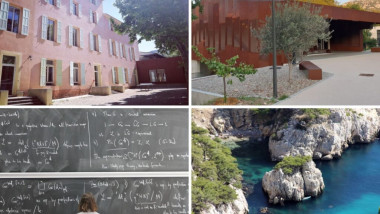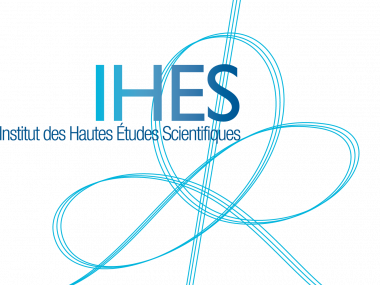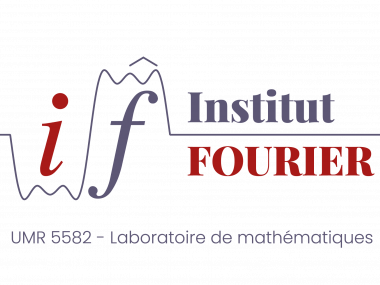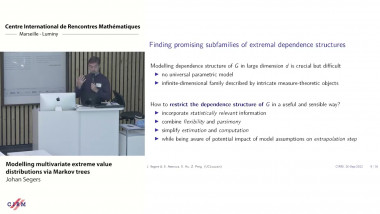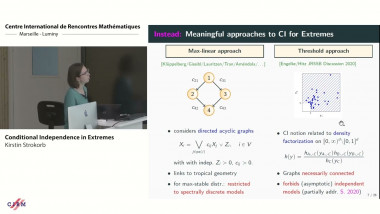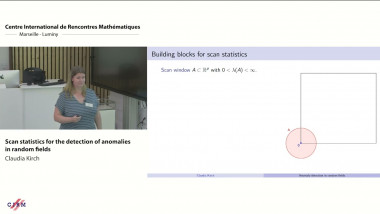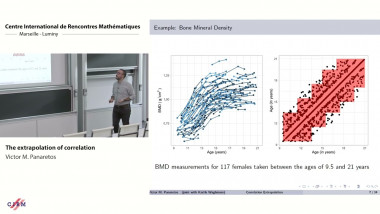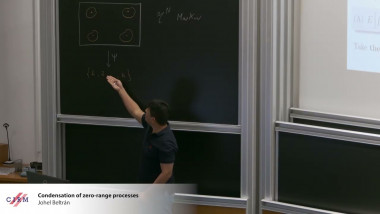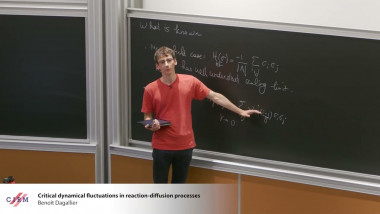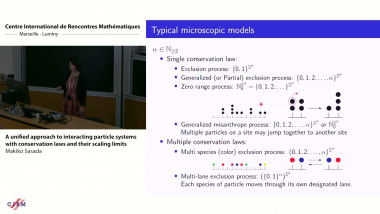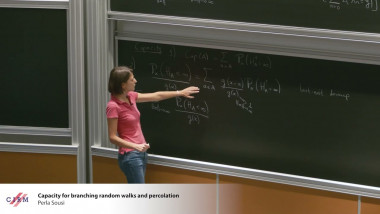Scan statistics for the detection of anomalies in random fields
Anomaly detection in random fields is an important problem in many applications including the detection of cancerous cells in medicine, obstacles in autonomous driving and cracks in the construction material of buildings. Scan statistics have the potential to detect local structure in such data sets by enhancing relevant features. Frequently, such anomalies are visible as areas with different expected values compared to the background noise where the geometric properties of these areas may depend on the type of anomaly. Such geometric properties can be taken into account by combinations and contrasts of sample means over differently-shaped local windows. For example, in 2D image data of concrete both cracks, which we aim to detect, as well as integral parts of the material (such as air bubbles or gravel) constitute areas with different expected values in the image. Nevertheless, due to their different geometric properties we can define scan statistics that enhance cracks and at the same time discard the integral parts of the given concrete. Cracks can then be detected using asuitable threshold for appropriate scan statistics. 9 In order to derive such thresholds, we prove weak convergence of the scan statistics towards a functional of a Gaussian process under the null hypothesis of no anomalies. The result allows for arbitrary (but fixed) dimension, makes relatively weak assumptions on the underlying noise, the shape of the local windows and the combination of finitely-many of such windows. These theoretical findings are accompanied by some simulations as well as applications to semi-artifical 2D-images of concrete.


